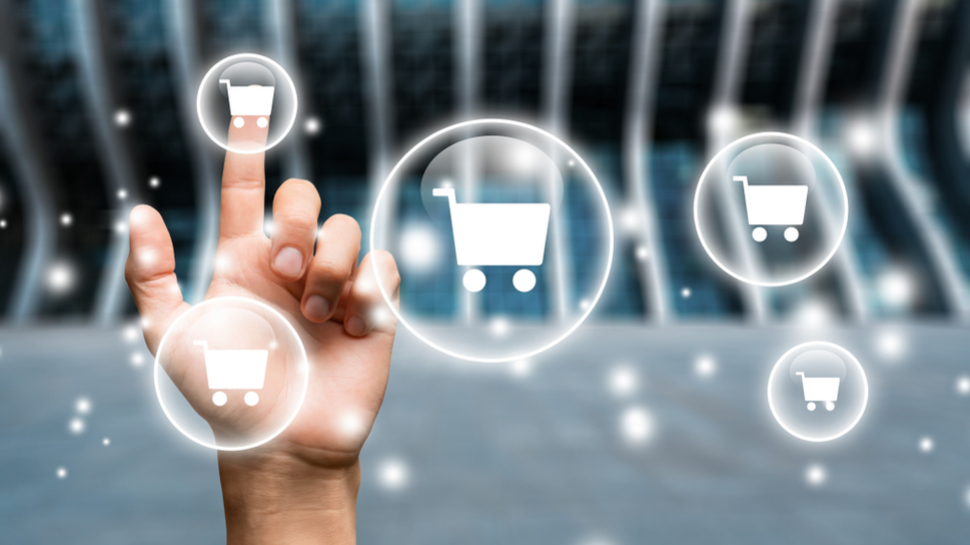
It was 15 years ago when the architect of Tesco’s Clubcard famously said that data is the new oil. Back then, Tesco set the standard for customer analytics. Rumor has it, that its peak, Tesco’s customer and data analysis could tell when couples were about to break up, before the couples themselves.
Dan Arden is Director of Ecommerce and Trading at Groupon.
Now in the age of AI and machine learning, data forms such an essential part of almost every business. Without it, organizations feel like they are flying blind. Customers too expect organizations to use data to provide personalized communication and offers – failure to do so is detrimental to a brand and risks alienating customers.
Which brings us to the next challenge that the coronavirus pandemic has thrown at businesses – the impact on customer data. Consumers have essentially been under duress for the past 12 months, their behavior and purchases decisions mask what they really want. For example, no amount of data analysis could have predicted the surge in flour demand as Britain went baking mad during lockdown. Other companies such as John Lewis witnessed an increased demand for home interior/ improvement products like never before.
Ultimately, a year of skewed data means that businesses need to listen to their customers and re-learn everything they know to keep them interested and loyal. There are three datapoints that need particular attention.
1. Location
With rolling lockdowns putting a stop to office life and the bustling restaurants and bars that make cities so appealing, many consumers have taken the opportunity to make a move elsewhere. In fact, Inews reported in December, that 2020 saw record number of homebuyers move out of London as Covid sparked an exodus from city life.
Of course, location is a vital datapoint for businesses. It can help market local products or services that are essential for not just businesses, but also those who reside in the area. However, the trend of people moving away from cities during the pandemic poses a challenge.
For businesses that offer experiences or services, it means understanding what offers might appeal to a consumer – there is no point offering an exclusive gig or dining experience in Shoreditch to someone that now lives in Cheshire. But those selling goods are also affected. It goes far beyond delivery address, it also permeates into the kind of content, product that will appeal to them. Offers of box-fresh white trainers for people who now spend all their days on muddy walks in the countryside are likely to fall on deaf ears.
Sign up to the TechRadar Pro newsletter to get all the top news, opinion, features and guidance your business needs to succeed!
Essentially, if a customer is still receiving targeted advertising based on their previous location, it goes from personalized marketing to ‘spam’ and will swiftly alienate that brand from its customer.
2. Previous purchases
Most people would be very happy for 2020 into confined to the dustbin of time. So too their purchase history. Sure, there will be some that try to wear loungewear in a social situation, or some that will continue to buy jigsaw puzzles and board games. But as the outlook for recovery continues to improve, brands must begin to anticipate how their money will be spent after lockdown, rather than relying on irregular data from 2020.
Those that don’t make the calibration and continue to connect with customers based on purchases made over the past 12 months, run the risk of not only being classed as spam, but cut off by the consumer completely.
3. External and macro data
The economic fallout of the pandemic is yet to play out in full. Although some reports suggest that there is pent up savings and demand, other people are really struggling to make end’s meat – highlighted by the news that UK unemployment has hit a five-year high. While the furlough scheme is likely to be extended further assuming that everyone is ready to splash the cash on restaurant’s, pubs and experiences would be unwise.
Those who have benefited by working from home and holding onto their disposable income, will likely be the first ones on holiday, or the first through the door of their favorite drinking or eating spot. However, the second side of the coin is a consumer who may have been furloughed or even lost their job due to the pandemic and has had to adapt their spending to protect their finances.
Consumers will re-evaluate their spending and what really matters to them after the pandemic, so organizations must understand this new outlook, before targeting them based on their pre-pandemic data profile.
The human side of data
To believe that customers haven’t changed their outlook on spending over the past year would be naïve. Now is the time for brands to rebuild their customers’ profile and re-establish that lost connection. In order to do this need to listen to their customers and re-learn everything they know.
While most businesses will rely on algorithms or forms of machine learning to help them connect the dots, they can be flawed at understanding the why when it comes to the pandemic. A human perspective will be key to re-learning what customers want.
Building this knowledge is no easy task, but by paying close attention over time to their locations and repeated spending patterns, whilst being conscious of all financial situations, companies will be able to provide relevant content and offers, to really reconnect with customers.
- We've featured the best help desk software.
Dan Arden is Director of Ecommerce and Trading at Groupon.